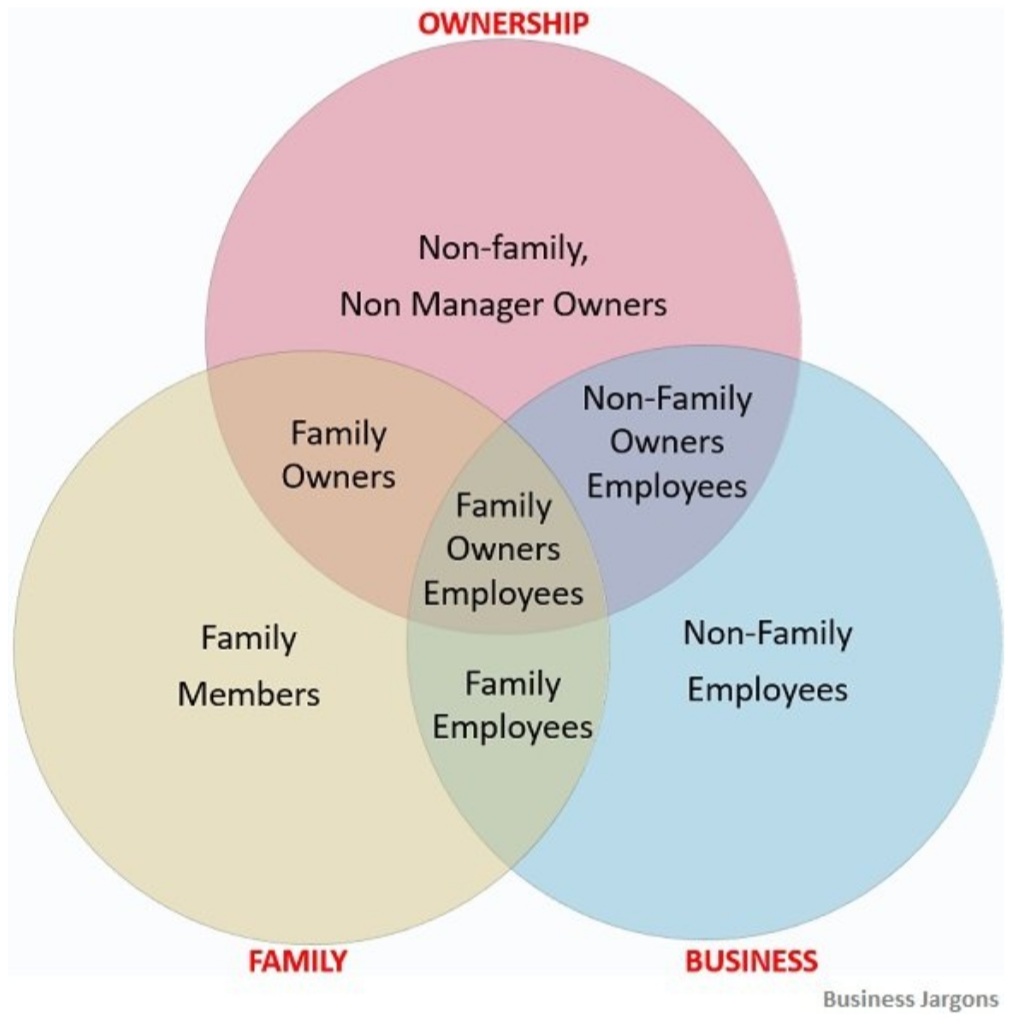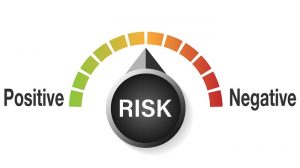
“The Customer-Base Audit”, co-authored by Peter Fader, Bruce Hardie and Michael Ross argues that firms cannot make fully informed decisions without first understanding their customers’ buying behavior and the actual health of their customer base. The co-authors of “The Customer-Base Audit” discuss take-aways from their new book published by Wharton School Press in November 2022.
The customer data that firms have at their fingertips is “pure gold,” according to Wharton marketing professor Peter Fader. The trick is knowing how to use it.
The book is Fader’s third book on the topic. He previously authored “Customer Centricity” and co-authored “The Customer Centricity Playbook” with Sarah E. Toms.
In the following interview, the authors say that “The Customer-Base Audit” is the first step for those who wish to start the customer centricity journey. An edited transcript follows.
Wharton School Press (WSP): The first and most obvious question is: What is a customer-base audit?
Bruce Hardie: As we say in the book, it’s a systematic review of the buying behavior of a firm’s customers using data captured by its transaction systems to summarize their actual buying behavior. We’re not interested in who these customers are, what they think, or their attitude. It’s very much a focus on their actual behavior, and providing that high-level overview for top decision-makers in the organization.
Peter Fader: The customer base has historically been something of a Wild West, lacking a lot of rigor and accountability. It’s about time it was audited. And I think we do a reasonable job of both motivating our readers to do so, and laying out the framework they need.
Michael Ross: Most businesses already do some kind of customer analysis, but typically it’s a bit ad hoc. The rationale for the customer-base audit is to impose structure and coherence on the analysis, as Pete said.
WSP: How do these concepts of audit and analysis sit within the broader concept of customer centricity?
Fader: Customer centricity is the idea that not all customers are created equal. And if we can understand their differences, quantify, and lean into them, we can channel that understanding to drive and evaluate our strategy and tactics. The customer-base audit is really a first step toward customer centricity. Some people embrace the broader ideas of customer centricity, hang a banner on the lunchroom wall, and march ahead. But you need to have your house in order first.
“The customer base has historically been something of a Wild West, lacking a lot of rigor and accountability.”
— Peter Fader
Ross: A lot of businesses, especially consumer-facing businesses, see customer centricity as a necessary part of their corporate strategy. The problem is they don’t really understand what it means. As such, customer centricity tends to get interpreted through an organization in many different ways. In our book we have a clear definition of customer centricity: It’s about making the customer your unit of analysis. And it’s about looking at your performance and profitability through the lens of your customer.
Hardie: To really be customer-centric, you need a lot of data systems in place and you need to know how to analyze that data. The reality is that many companies and marketing departments simply don’t have these kinds of competencies. The customer-base audit is a great place to start.
WSP: Getting down to the details, can you tell us about the concrete benefits of running a customer-base audit?
Ross: Most businesses that I work with are grappling with post-COVID customer behavior shifts; dynamics that were happening before COVID, which have been massively amplified and accelerated. These businesses are realizing that the way they used to think in terms of channels — physical and digital channels — is simply not the way that customers think now. They’re starting to recognize that they need a new way of understanding how their business is performing. The customer-base audit is frankly a brilliant way to catalyze a change in thinking. The power of a customer-base audit is its coherence, its breadth, and systematic approach. It’s like looking at your business under a microscope. It doesn’t tell you the answer, but it really helps you frame the questions. And again, it inspires leaders and managers to think about their business differently.
Fader: We spent a lot of time thinking about the role of marketing in the C-suite. In many cases, the folks in marketing are seen as the “ugly stepchild” of the senior management team. There’s often disbelief, sometimes disrespect for a lot of the practices in marketing. So by doing something as rigorous as a customer-base audit, we hope to raise the visibility and the respect for the practice of marketing.
We often talk about bridge-building between marketing and finance, and that’s certainly a big part of it. But a lot of it is just kind of level-setting — raising the level of marketing so it’s on the same level as everybody else. And we hope to help improve the kinds of decisions that are made there, and the kinds of resources that flow to marketing.
WSP: You use words like “rigorous” and talk about leveling up. You also describe the book as a “deep dive into detailed customer data.” That sounds pretty technical maybe for a marketing executive? Do your readers need to have a technical background to get the most from The Customer-Base Audit?
Fader: It’s fair to say that a lot of traditional marketing people might look at much of the book and say: Oh, this is too technical. It’s not that there’s a lot of math involved, but a customer-base audit does require careful handling, careful analysis, and careful inferences from data. This should actually be part of every marketer’s toolkit, and it should be of just as much interest to folks in the C-suite. In a sense, this is a canary in the coal mine kind of test, and we hope it’ll get to the point where all firms will look at this and say: If the folks in marketing can’t understand, execute, and appreciate what they’re doing here, then maybe they shouldn’t be in our organization.
“If you have more customers than you can print out on a couple of sheets of paper, you need to be understanding these sorts of analyses.”
— Bruce Hardie
Ross: I think most business leaders understand that they do need a pretty good grasp of accounting. You can’t expect to be a senior leader and not understand the difference between profit and loss, a balance sheet, and cash flow. Every senior executive should be able to read and understand and interpret the sorts of analyses that we find in the book. The math is really not complicated, even if it’s not overly familiar.
Hardie: If you have more customers than you can print out on a couple of sheets of paper, you need to be understanding these sorts of analyses. What’s more, we’re assuming that there will be people in the firm who are doing much of the analysis for you. Of course, when you receive the PowerPoint deck or whatever, you need to understand what’s going on and then transfer that into insight and actions within your firm.
Now having said that, the analysis we propose is not that difficult. If you’ve got a smallish firm, you can do it all using a really complicated analytical tool called Excel [laughs]. So it’s not difficult to perform. Your inability or your lack of interest in doing the analysis should not stop you from reading the book.
WSP: In your book, you still raise concepts that might seem kind of complex at first glance. For instance, you talk about using a “five lenses” approach to understanding your customer base. What does this mean?
Hardie: Basically, we’re saying there are multiple ways of looking at your customer base. One way of organizing different types of analysis is to deploy what we call the “five lenses.”
The first lens sees us taking one vertical slice of the data. Let’s say all the purchasing done by all your customers in the past year. So you go ahead and analyze that. Then you might want to look at two adjacent vertical slices — the purchases customers made in 2021 and in 2022, for instance.
And as we try to understand the changes in the performance of the firm across those two time periods, let’s look at those changes through the lens of the customer. Let’s say sales went up. Well, how much of that is due to acquiring new customers versus existing customers buying more?
Now you have one vertical slice, and two vertical slices, giving you two lenses. The third lens takes a horizontal slice of data. Here you look at what we call a “cohort” of customers: a group of customers acquired at the same time. You can look at the evolution of their buying behavior over time. From there, you might want to compare this cohort to another cohort — a cohort that you acquired the subsequent quarter, say. Comparing and contrasting two different cohorts gives you a fourth lens through which to understand your customer base.
The fifth lens basically steps back and says: Let’s look at this whole customer base over time to see how healthy our output is.
Fader: I should point out that a lot of the analyses in the book that we convey through these lenses are not new. They’ve been around a while. Companies will do these analyses from time to time on an as-needed basis. We’re taking these practices and formalizing them. We’re not necessarily trying to invent something new. What we’re proposing is a coherent way to look at them, understand how they fit together, and how you might lean into one versus another. And I think that’s the real value of the five lenses, and the book as a whole.
“I’d say customer analysis is too important to be owned by marketing — and I can say this in front of two marketing professors.”
— Michael Ross
Ross: One of the central ideas of the book is the importance of cohorts. And when we talk about a customer cohort, we mean a group of customers who were acquired in a specific period, whether it’s a year, a quarter, or a month. The power of the cohort idea is that membership is immutable. Once you’re a member of a particular cohort, you’re a member for life. Using this, you can understand the behavior and performance of different cohorts over time, and a number of the lenses build on that concept.
Businesses that analyze customer behavior in different ways sometimes create personas — behavioral segments of customers. The challenge with this is that membership of those groups can change over time, so it becomes incredibly complex to actually understand whether it’s a subgroup of the persona, for example, that’s performing badly; or whether the membership of the persona has changed over time. With the customer-base audit we offer a solid, foundational analysis that you can build on.
WSP: If you had to condense all of this into one or two key takeaways for readers to implement in their organization, what would they be?
Ross: I’d say customer analysis is too important to be owned by marketing — and I can say this in front of two marketing professors [laughs]. Customers have historically been owned by marketing. But the core idea for me is that customers are really a CEO issue and should be right at the heart of the business.
Hardie: I’d add that even the basic insights that you get into the behavior of your customers can be powerful. We all talk about the idea that customers are not equal, and we all throw around things like the 80-20 rule. But how do you know if that’s the actual reality for your business? Just starting to unpack it all systematically can generate phenomenal conversations about how your firm is organized, how you structure your marketing, and much more.
Fader: A lot of the work that I do, very often in conjunction with Bruce and other colleagues, is on forecasting models, predictive analytics, and customer lifetime value — a lot of concepts and methods that have become really popular of late. But for a lot of companies and executives, this can be a pretty heavy lift.
As we say in the book, the customer-base audit is unashamedly descriptive. It’s all just there in the data without you having to go out there and work with other vendors or buy a bunch of reports. It’s pure gold. And we just want to help companies see this, mine it, and then feel confident and motivated to start taking the descriptive and turning it into the predictive. But one step at a time. You need to walk before you can run. You need to start with a customer-base audit.
Knowledge at Wharton is an affiliate of the Wharton School of the University of Pennsylvania.





















